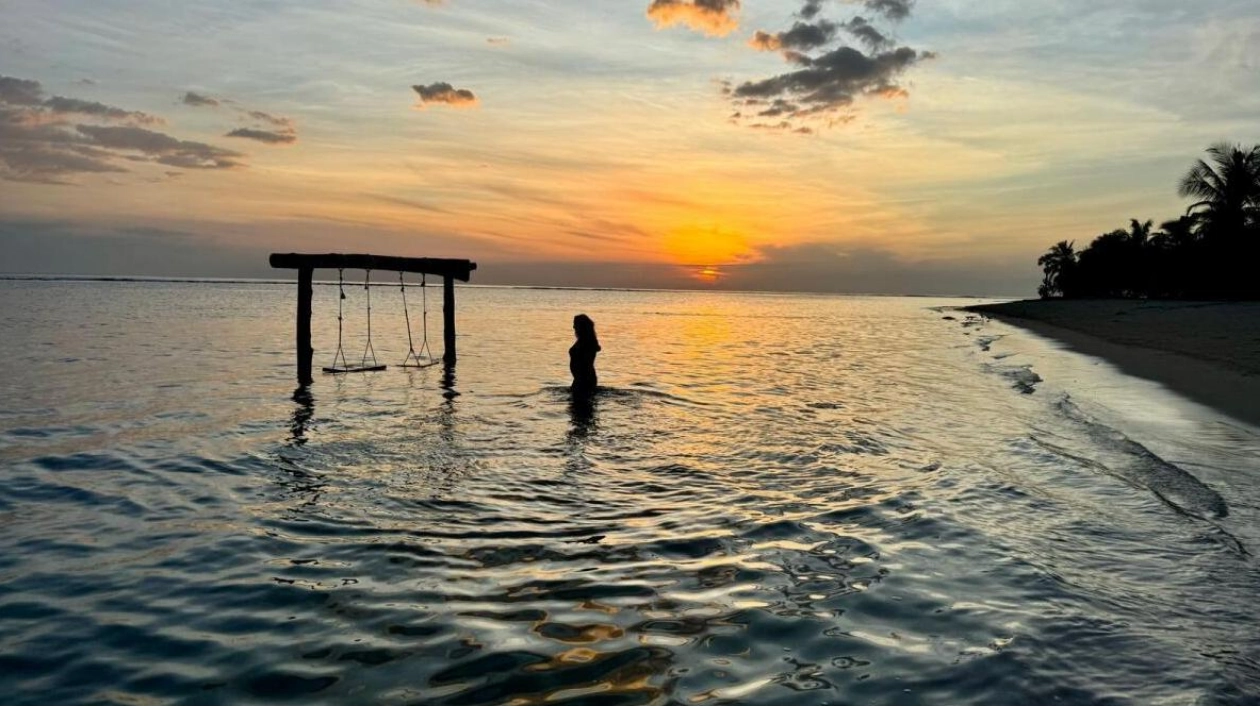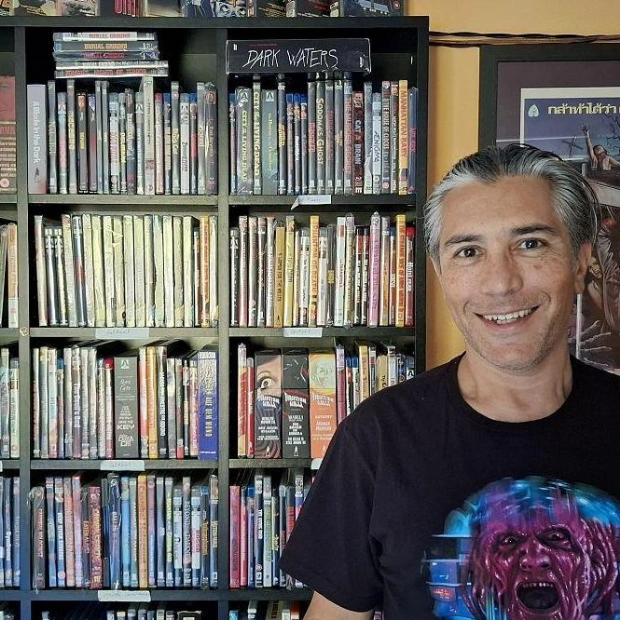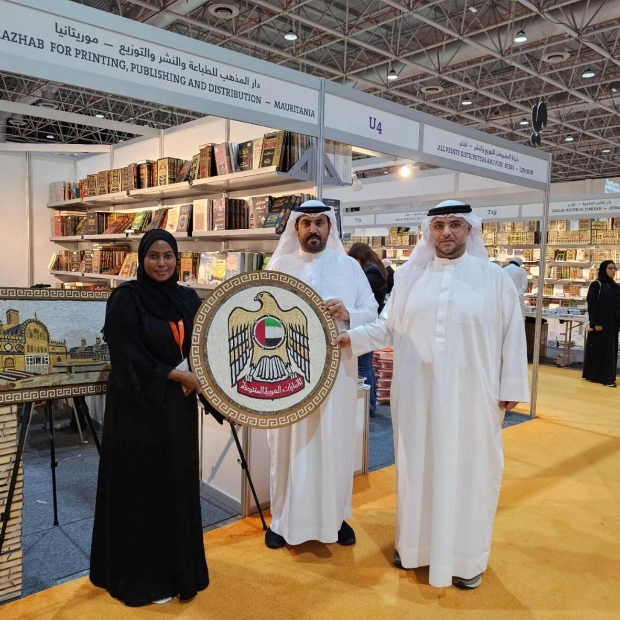You can witness both the sunrise and sunset from the same location in Pasikudah. (Photo by Anjaly Thomas)
Batticaloa, situated on Sri Lanka's east coast, exudes a unique tropical allure. This culturally and ethnically diverse town is approximately a five-hour drive from Colombo, or a longer journey by train, which traverses various topographies, including elephant reserves, expansive paddy fields, and grasslands en route. My road trip ensured I arrived in the town during its most humid hours. The roads were spacious and uncluttered, while clock towers and parks added vibrancy to the aging town. Numerous Hindu temples, churches, mosques, and remnants of colonial architecture, such as low, whitewashed bungalows, make Batticaloa a town worth exploring. Batticaloa is nestled between the lagoon and the Indian Ocean. In Dutch, Batticaloa translates to 'Kingdom of Paddy,' though its original name in Tamil is Matakkalappu. The most enchanting aspect, I discovered, is Batticaloa's nickname, 'Land of the Singing Fish.' The majority of the population here comprises Tamils and Muslims, with most employed in government sectors (Kacheri), whose offices are housed in the town's star attraction—the Dutch Fort. Constructed by the Portuguese in 1628, it was seized by the Dutch in 1638 (who rebuilt and fortified it), and later fell into British hands. It is safeguarded by the brackish waters of the lagoon on two sides and canals on the other two.
Batticaloa is renowned for its desserts. (Photo by Anjaly Thomas)
Batticaloa town is expansive but lacks high-rise buildings, dominated by the Dutch Fort, a golden statue of Mahatma Gandhi on a cement pedestal, and the Batticaloa Gate, the port entry connecting Puliyanthivu Island to the mainland. Two theories explain the island's name. One links it to the abundance of tamarind trees (Tamil for tamarind is pulli), and the other suggests it was named after a clan called Pulinther in the region—hence, Puliyanthivu. This exploration took just a couple of hours, after which I eagerly moved on to my next destination. It was time to test a legend—the legend of the singing fish.
A view of the lagoon. (Photo by Anjaly Thomas)
I headed to the Kallady Bridge, another of the town's attractions, for two reasons: it was the longest bridge in the country when built, and it is where the legend of the singing fish originated. At the bridge's entrance stands a statue of the Tamil poet Avvaiyar, carrying her bag and a staff. The bridge is no longer in use but offers an interesting walk with a view of the vast lagoon fringed by tall coconut palms. The lagoon stretches nearly 56km from Eravur (north) to Kalmunai (south), but the area near the bridge is where legends truly come to life. On a small boat, we ventured into the lagoon to witness the land of singing fish. The boatman, a descendant of fishermen, sang softly as he navigated the boat deeper into the lagoon, whispering to the water and occasionally cursing the jellyfish. Suddenly alert, he would dip the oar into the lagoon and press the other end to his ear, as if awaiting an orchestra to begin, and spin imaginary tales of giant fish in these waters. Soon, we were nearly at the lagoon's center, having seen only stingrays. The sun set, but the evening was clear and cloudless, with some light remaining.
Kallady Bridge (Photo by Anjaly Thomas)
The fisherman then handed me the oar, signaling me to follow his lead. I pressed one end of the oar against my ear and the other into the water and waited. I could swear I heard my ears ring, but that was all. No fish sang that night, and the oars did nothing to amplify the legendary underwater music made by the fish. Legend has it that the singing fish guided fishermen through the lagoon, leading them to their catch on dark nights, but they seem to have vanished. Today, even those passing by the Kallady Bridge cannot hear them, though fishermen occasionally claim encounters with these elusive musicians. Some say the singing fish are particularly active on moonlit nights. This phenomenon remains shrouded in mystery, despite the fact that in 1954, a priest named Fr. Lang made the first audio recording of the singing fish, which was later broadcast on Radio Ceylon in 1960. Since then, no such audio evidence of this mysterious phenomenon has surfaced, but tourists continue to search in hope. Legends aside, a boat ride on the lagoon certainly makes for an intriguing evening.
The Green Algae Bay
Batticaloa does not boast long, wide beaches, though many villages around it are favored for a relaxing holiday. One such place is Pasikudah, 35 kilometers away, where I spent the next couple of days enjoying the blue waters and long walks on the famed white beaches. It was dark when I arrived at Sun Siyam Pasikudah, located on the shores of a horse-shoe shaped bay with dense greenery, which I was particularly grateful for. Despite the late hour, it was still warm. There was a good reason to be here. In Tamil, Pasikudah means Green Algae Bay—but I had to wait until the next morning for the meaning of that word to make sense. After a short walk from my room, I reached the beach. It was almost time for sunrise. Through two slanting palm trees, I watched the sun begin its journey. It was magical. The dull grey reef that protected the beach from the ocean gradually changed color, transforming from night-grey to a stunning turquoise in a matter of minutes. As I watched, the sands sparkled, the palm trees swayed, and a cool ocean breeze blew up the reef, bringing much-needed coolness. A local fisherman walked by with his treasure trove of conch shells. In the safety of the reef, I swam until the tide rolled out. This beach is considered the safest in the country. Yet, in my heart, I knew the best was yet to come.
(Photo by Anjaly Thomas)
In the evening, I stood on the exact same spot where I had watched the sunrise—only this time, I turned westward—waiting for that magical moment when the sun would set. As I had been told, that moment arrived soon enough—and when it did, Pasikudah was bathed in a pinkish hue. Some say Pasikudah is the best place to photograph the Milky Way, but at that moment, all I knew was that for the first time in my life, I had managed to watch the sunrise and sunset from one spot. That was the real magic of the Green Algae Bay.






